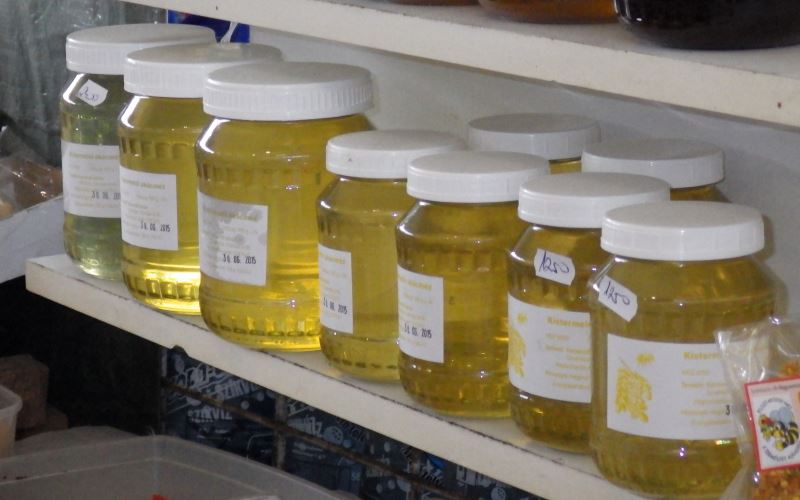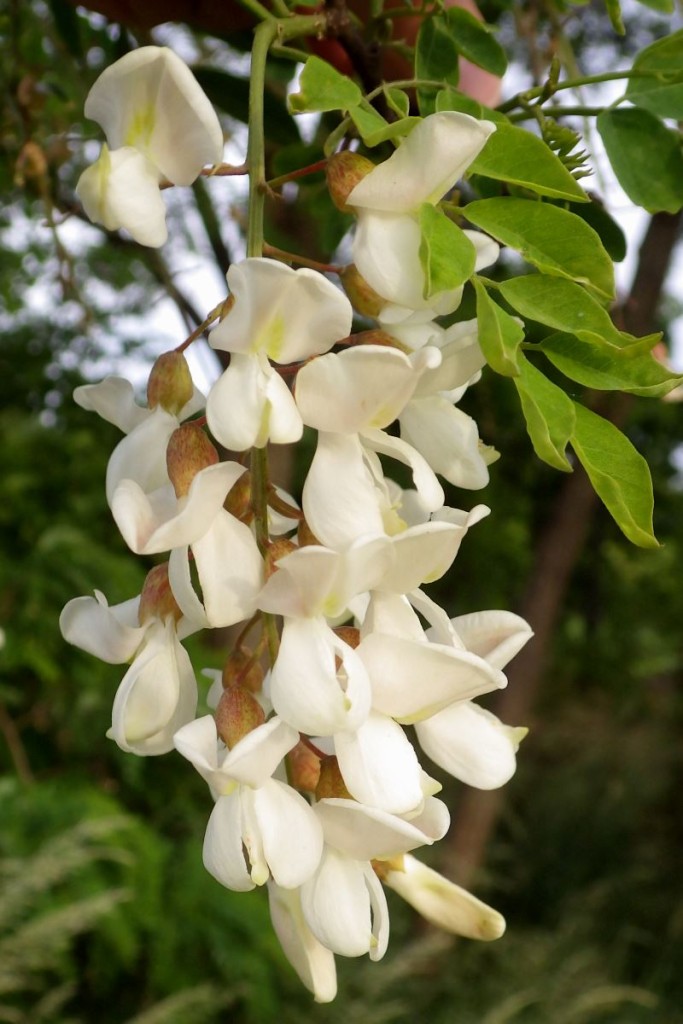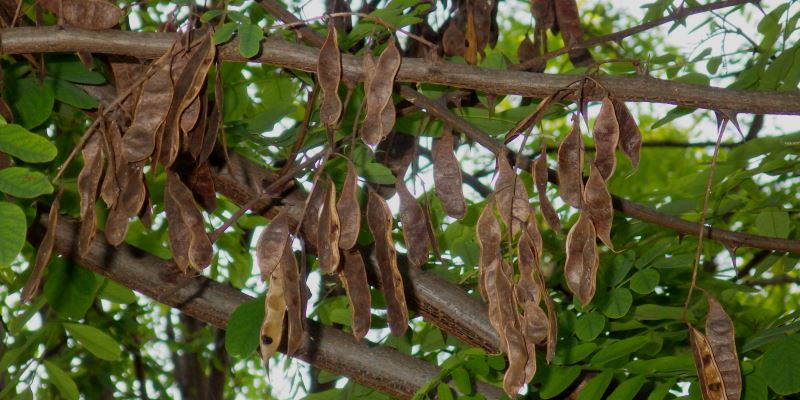The tree Robinia Pseudoacacia known in English as the black locust is native to the south eastern part of the the US. Nearly everywhere else it was introduced by humans.

Feral black locust tree (Robinia pseudoacacia) in a wooded area in Hungary.
But in many far away places, including my native Hungary, one would not guess that black locust trees aren’t indigenous. They came to dominate the landscape so thoroughly that nobody would give a second though where they have come from. That is until some activists put these beautiful trees in their crosshairs.
At first approximation a black locust tree would be an environmentalist’s dream come true. Like all trees it takes carbon dioxide out of the atmosphere and transforms it into organic matter — mostly cellulose.

Trimmed black locust tree in front of a house in Hungary. A very common sight there as branches of these trees can be nearly completely trimmed off and new ones will grow. Thus trimming them is a good way to keep the tree growth under control in urban areas.
What is unusual about the black locust tree that it grows and reproduces really fast and thrives even in soil where almost nothing would survive. Yet it produces excellent hard wood suitable for a variety of purposes one would need wood for as a raw material. And if its wood is not needed as a raw material the black locust wood is an excellent fuel comparable to the highest grade, and most expensive types of coal. Yet, unlike coal, it is a renewable resource.

When black locust trees flower bees can collect pure black locust honey which is a light colored, fragrant honey variety.

Delicate, light colored black locust honey being sold in a market in Hungary.
The flowers are edible either raw (as any child from Hungary will tell you), or in some countries they are even deep fried and served at the table.

So what are the charges against this beautiful tree? Apparently it is too successful and and it considered to be an invasive species. The European Union appears to be seriously considering legislation against this invader.
So, what is wrong with that? Well, for one thing, in Hungary black locust trees, and perhaps some related species, which all go locally as ‘acacia’ trees (Akác), can be as much as 25% of the total tree population. Simply getting rid of them them would likely cause a lot more harm to the environment than whatever harm these trees cause.
And just exactly what harm do they cause?
Well, the argument is that they compete with indigenous species for space and other resources. In particular when black locust trees are blooming bees pay no attention to other plants and go for the rich pastures of the black locust flowers. Black locust trees also change the soil chemistry over time, making it more acidic and less hospitable for a lot of local plant species in Europe.
Black locust trees spread real fast both by their numerous small seeds and by root suckering. Black locust trees will even grow back from the stump after the tree is cut down and the wood is harvested. Since black locust trees out compete local tree and other plant species it can cause a reduction in biodiversity.

Black locust trees can spread and show up in unlikely places such as this little shoot growing from a gap in the pavement.
I can see the point that perhaps allowing black locust trees to take over every possible space is a bad thing. Yet black locust trees can live in places where nearly nothing else will grow. Even the most fanatic environmentalist has to admit that it is probably better to grow this tree there and have nothing (even with the satisfying knowledge that we are not cultivating an invasive species).

One flower of the black locust tree viewed from above. It does look like a butterfly.
It is no accident that its family Fabaceae used to be called Papilionaceae.
In Hungary during the last 300 odd years that they have been there black locust trees have become part of the natural landscape and people show a great deal of emotional attachment to them. Apart from the sheer idiocy of trying to eradicate a quarter of all the trees in a whole country this should give some pause to fanatics in the EU. While we humans apparently have decided that we alone should be the only invasive species that is allowed to multiply uncontrollably at the expense of all other species, perhaps being successful in a new environment should not be a considered a criminal offense, even for a tree.
Further Readings:
Honey bee forage: black locust.
Robinia pseudoacacia on Wikipedia.
Invasive species on Wikipedia.



